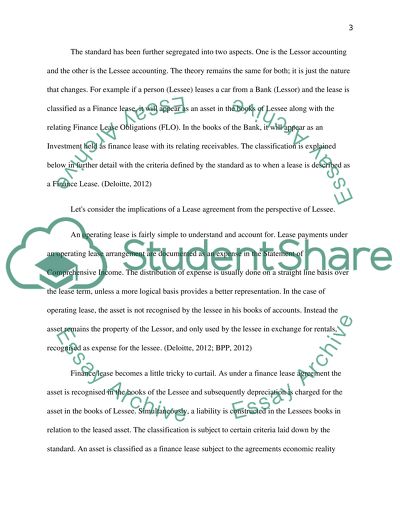Cite this document
(“International Accounting Standards Essay Example | Topics and Well Written Essays - 1750 words”, n.d.)
International Accounting Standards Essay Example | Topics and Well Written Essays - 1750 words. Retrieved from https://studentshare.org/finance-accounting/1447442-international-accounting-standards
International Accounting Standards Essay Example | Topics and Well Written Essays - 1750 words. Retrieved from https://studentshare.org/finance-accounting/1447442-international-accounting-standards
(International Accounting Standards Essay Example | Topics and Well Written Essays - 1750 Words)
International Accounting Standards Essay Example | Topics and Well Written Essays - 1750 Words. https://studentshare.org/finance-accounting/1447442-international-accounting-standards.
International Accounting Standards Essay Example | Topics and Well Written Essays - 1750 Words. https://studentshare.org/finance-accounting/1447442-international-accounting-standards.
“International Accounting Standards Essay Example | Topics and Well Written Essays - 1750 Words”, n.d. https://studentshare.org/finance-accounting/1447442-international-accounting-standards.


